Image of 1963 Oldsmobile Jetfire, Note: These illustrations use artistic license and may differ from actual historical models.
Performance Metrics
Fundamental Metrics
Emotional Appeal
MMP Rating
| Engine Specifications | |
|---|---|
| Engine: | Turbocharged 215 CID V8 |
| Displacement: | 215 cu in (3.5 L) |
| Horsepower: | 215 hp |
| Torque: | 300 lb-ft |
| Compression Ratio: | 10.25:1 |
| Ignition System: | Delco Remy breaker point type |
| Cooling System: | Liquid-cooled |
| Performance Specifications | |
| 0-60 Time: | 9 seconds |
| 1/4 Mile Time: | 17 seconds |
| Top Speed: | 110 mph |
| Transmission and Drive | |
| Drive Type: | RWD (Rear Wheel Drive) |
| Transmission Type: | 4-speed Hydra-Matic automatic |
| Fuel and Efficiency | |
| Fuel System Type: | Turbocharged, with a single-barrel side-draft carburetor |
| MPG: | 15-20 mpg |
| Dimensions and Brakes | |
| Brakes: | Drum brakes, front and rear |
| Wheelbase: | 112 inches |
| Weight: | 3,200 lbs |
Note: Specifications for classic cars are given to the best of our ability, considering the limited and variant data available.
Unveiling the Power of Turbocharging: The 1963 Oldsmobile Jetfire
In an era when automotive innovation was as much a part of the cultural fabric as rock 'n' roll and space exploration, the 1963 Oldsmobile Jetfire rocketed onto the scene, leaving an indelible mark on the industry. Crafted by the venerable Oldsmobile division of General Motors, this vehicle was not just another addition to the lineup; it was a bold statement of performance and design. With its turbocharged engine, the Jetfire blazed a trail for future generations of sports cars, introducing a technology that was virtually unheard of in production cars at that time.
Design and Innovation
The Jetfire's exterior was a symphony of sleek lines and chrome accents, evoking a sense of speed even at a standstill. Its design mirrored the optimism of the early 60s, with a jet-age influence that was unmistakable. The interior was equally impressive, boasting high-quality materials and a cockpit that prioritized driver comfort and control. Notably, it featured bucket seats and a center console that were more commonly found in sports cars of the era. Technologically, the Jetfire's claim to fame was its turbocharged aluminum V8 engine—a marvel that provided unprecedented power to weight ratio for its time. Color options ranged from understated to vibrant, with popular choices including Provincial White and Saddle Mist. Among the body styles available, the hardtop coupe stood out as an icon of American automotive design.
Historical Significance
The Oldsmobile Jetfire's introduction to turbocharging in production cars was nothing short of revolutionary. It set this car apart from its contemporaries and laid down a marker for what was possible in terms of powertrain development. This innovation would go on to influence countless vehicles in the future, cementing the Jetfire's place in automotive history.
Performance and Handling
On the road, the 1963 Oldsmobile Jetfire's performance was exhilarating. It boasted a top speed that challenged even some of its sportier rivals and could accelerate from 0-60 mph in impressive time for its era. Handling-wise, it navigated through various driving conditions with aplomb. Drivers often remarked on the distinct growl of the turbocharged engine—a sound that became synonymous with power—and how it enhanced the overall driving experience.
Ownership Experience
The Jetfire found its niche among those who appreciated both daily driving reliability and show car aesthetics. Maintenance and reliability were reasonable for a car of its complexity at that time, though understanding turbocharging was essential for owners intent on DIY repairs.
Fun Facts
A piece of trivia that adds to the allure of the Jetfire is its limited production run; only around 3,765 units were produced. While not necessarily owned by celebrities in droves, it held a certain cachet among enthusiasts who appreciated its blend of luxury and performance. Criticisms often centered around its complex turbocharging system which required careful maintenance.
Collector's Information
Today, collectors view the 1963 Oldsmobile Jetfire as a rare gem with values varying widely based on condition and originality. A well-preserved model could fetch anywhere from $20,000 to over $40,000 at auction or private sale. As with many classic cars, prices have trended upwards over time due to increasing rarity and historical significance.
Conclusion
The 1963 Oldsmobile Jetfire stands as a testament to an era when innovation ruled and boundaries were there to be pushed. Its pioneering use of turbocharging paved the way for future advancements in automotive engineering. For collectors and enthusiasts alike, owning a Jetfire is not just about possessing a piece of history—it's about embracing an ethos where imagination met ingenuity head-on.
1963 Oldsmobile Jetfire Catalog of Parts
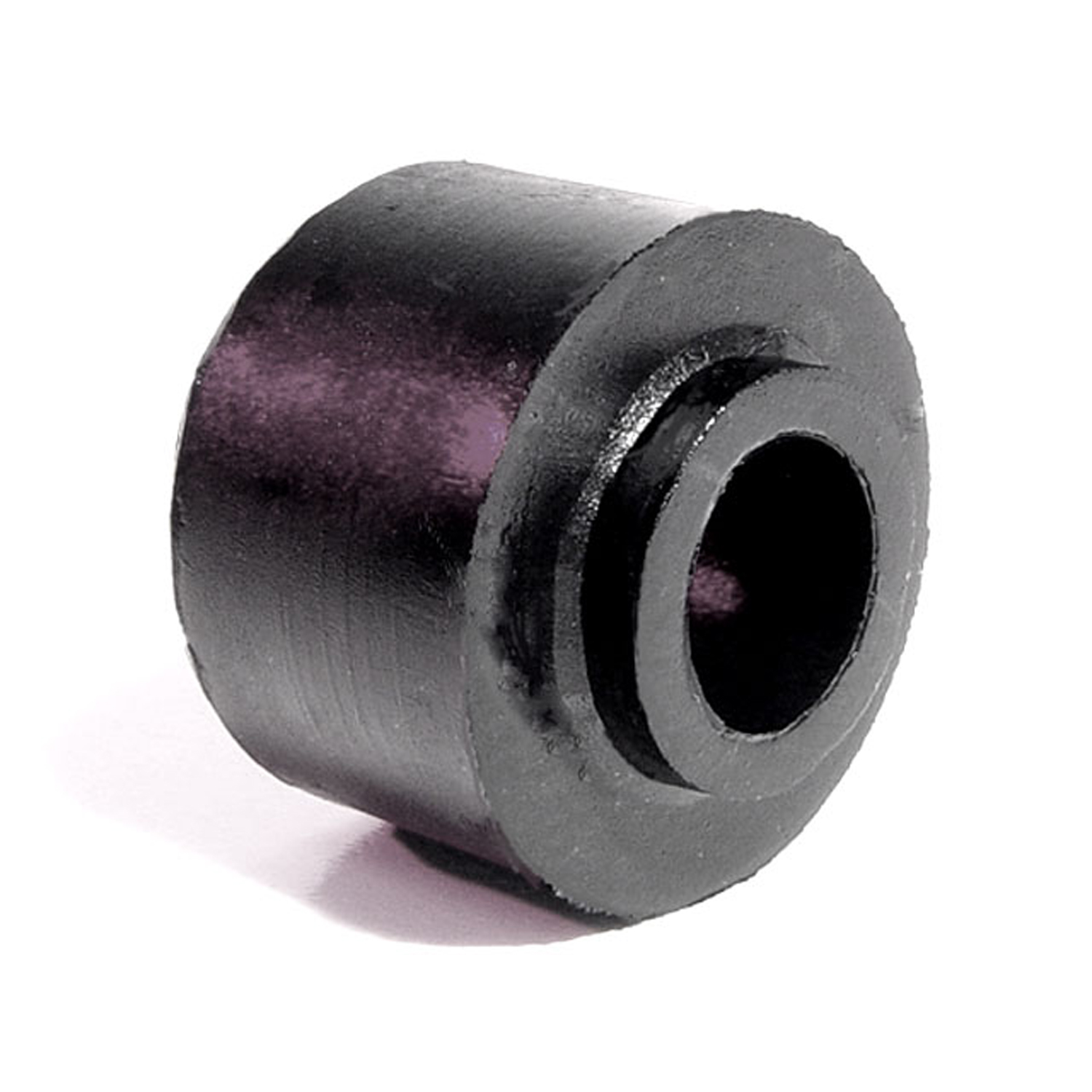 1963 Oldsmobile Jetfire Shock Absorber Grommet. 1" bottom O.D., 3/4" high-BN 1Shock Absorber Grommet. 1" bottom O.D., 3/4" high., with 7/16" I.D. Each
1963 Oldsmobile Jetfire Shock Absorber Grommet. 1" bottom O.D., 3/4" high-BN 1Shock Absorber Grommet. 1" bottom O.D., 3/4" high., with 7/16" I.D. Each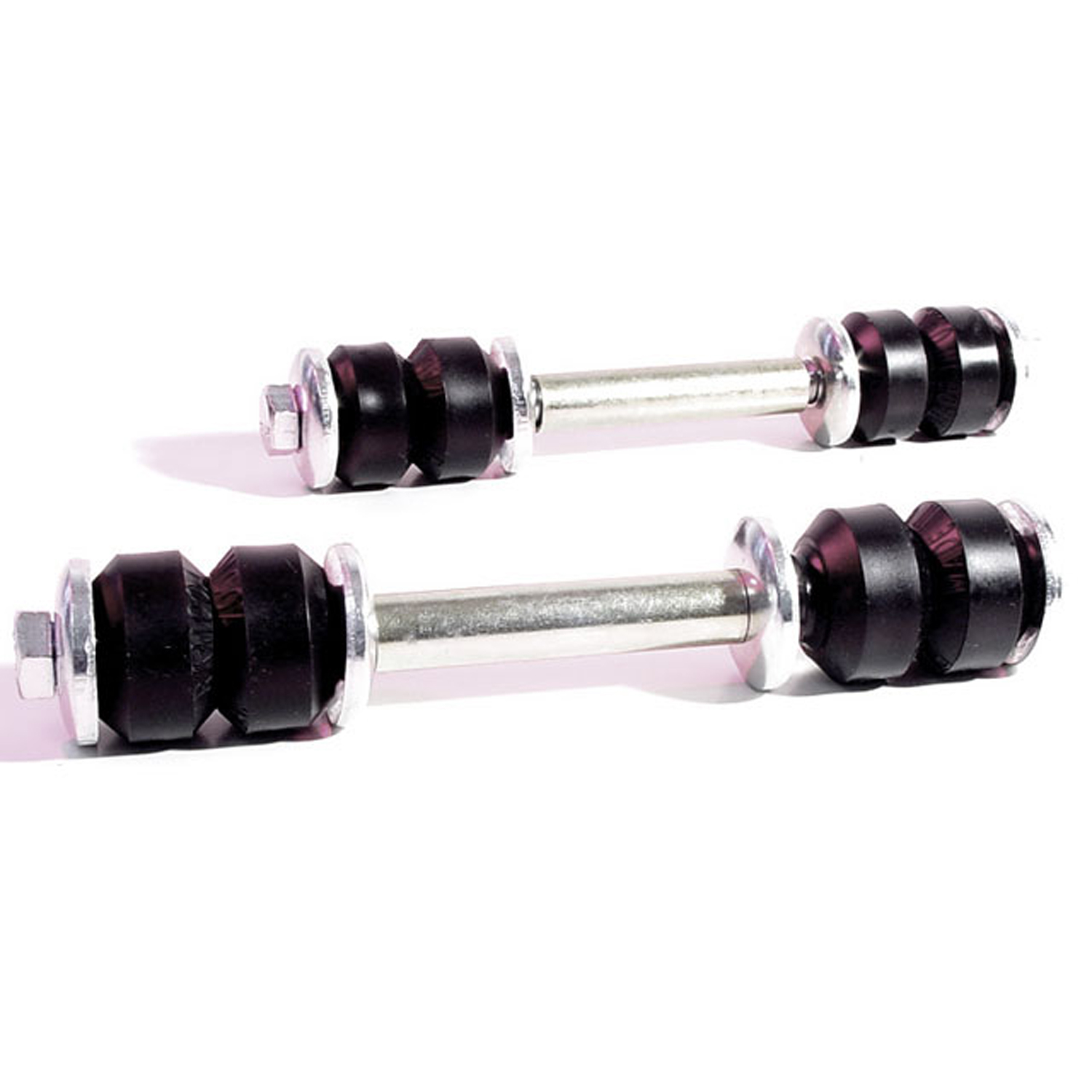 1963 Oldsmobile Jetfire Front Stabilizer End Repair Kit-BNK 23Front Stabilizer End Repair Kit. 22-piece set for two stabilizer bars. Contains all rubber bushings, washers, bolts and nuts, enough for one front end. Set
1963 Oldsmobile Jetfire Front Stabilizer End Repair Kit-BNK 23Front Stabilizer End Repair Kit. 22-piece set for two stabilizer bars. Contains all rubber bushings, washers, bolts and nuts, enough for one front end. Set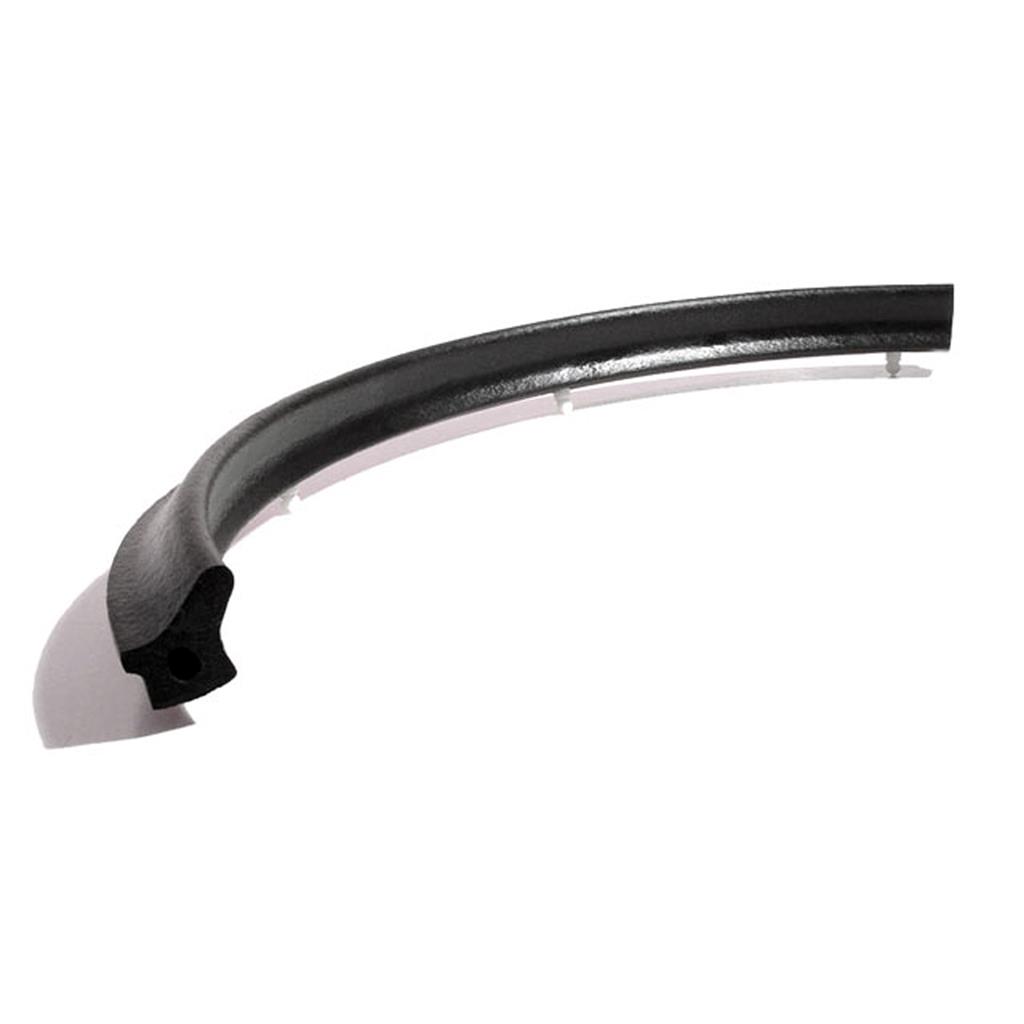 1963 Oldsmobile Jetfire Door Side Seal ('64-'66 some models)-C/LP 40-DDoor Side Seal ('64-'66 some models). Smooth skin-covered sponge with clips already installed, 4" apart. For seal without clips, see LP 40-D. Sold by the foot.
1963 Oldsmobile Jetfire Door Side Seal ('64-'66 some models)-C/LP 40-DDoor Side Seal ('64-'66 some models). Smooth skin-covered sponge with clips already installed, 4" apart. For seal without clips, see LP 40-D. Sold by the foot.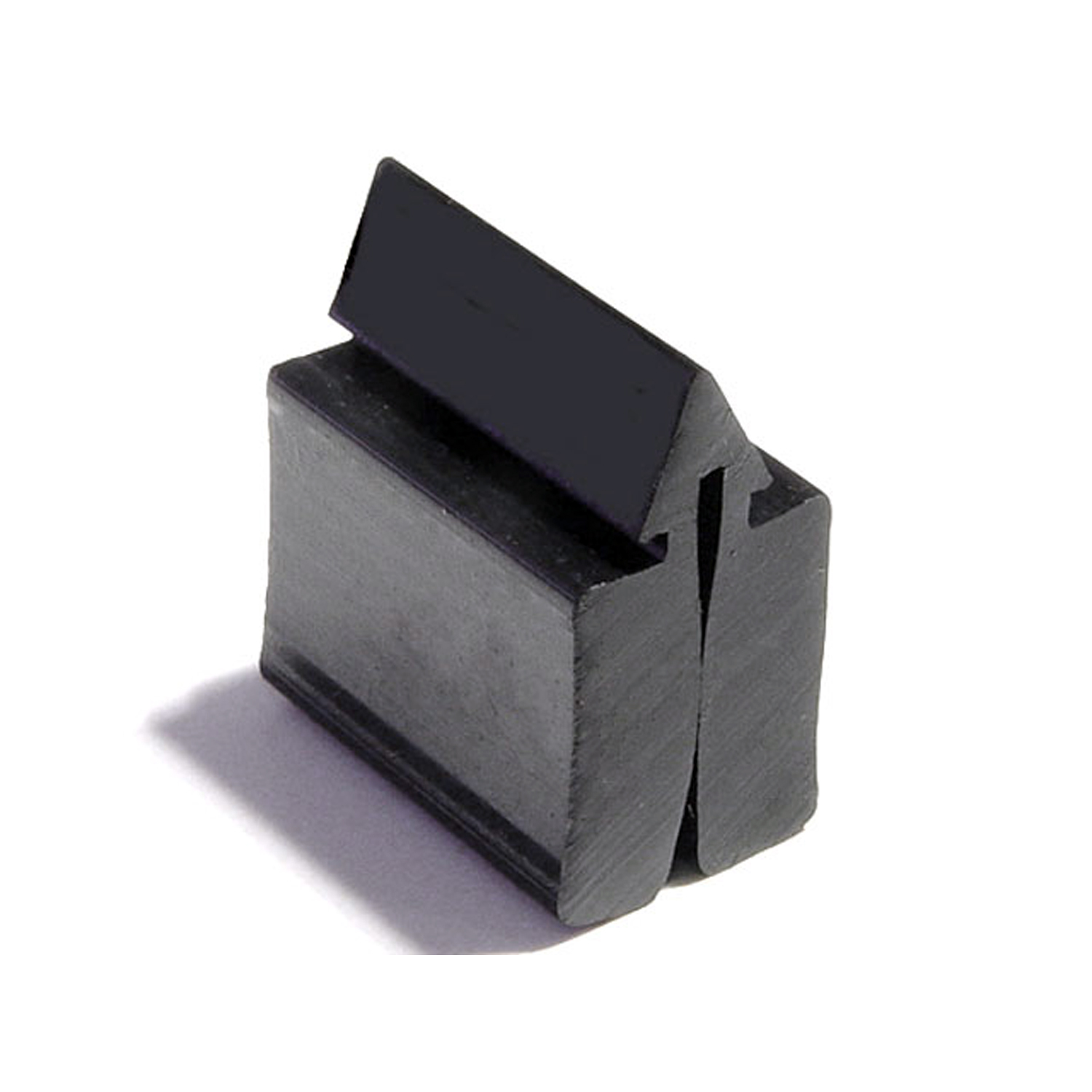 1963 Oldsmobile Jetfire Door Bumper. 1-3/16" high X 5/8" wide X 1" long. Each-DB 33-BDoor Bumper. 1-3/16" high X 5/8" wide X 1" long. Each
1963 Oldsmobile Jetfire Door Bumper. 1-3/16" high X 5/8" wide X 1" long. Each-DB 33-BDoor Bumper. 1-3/16" high X 5/8" wide X 1" long. Each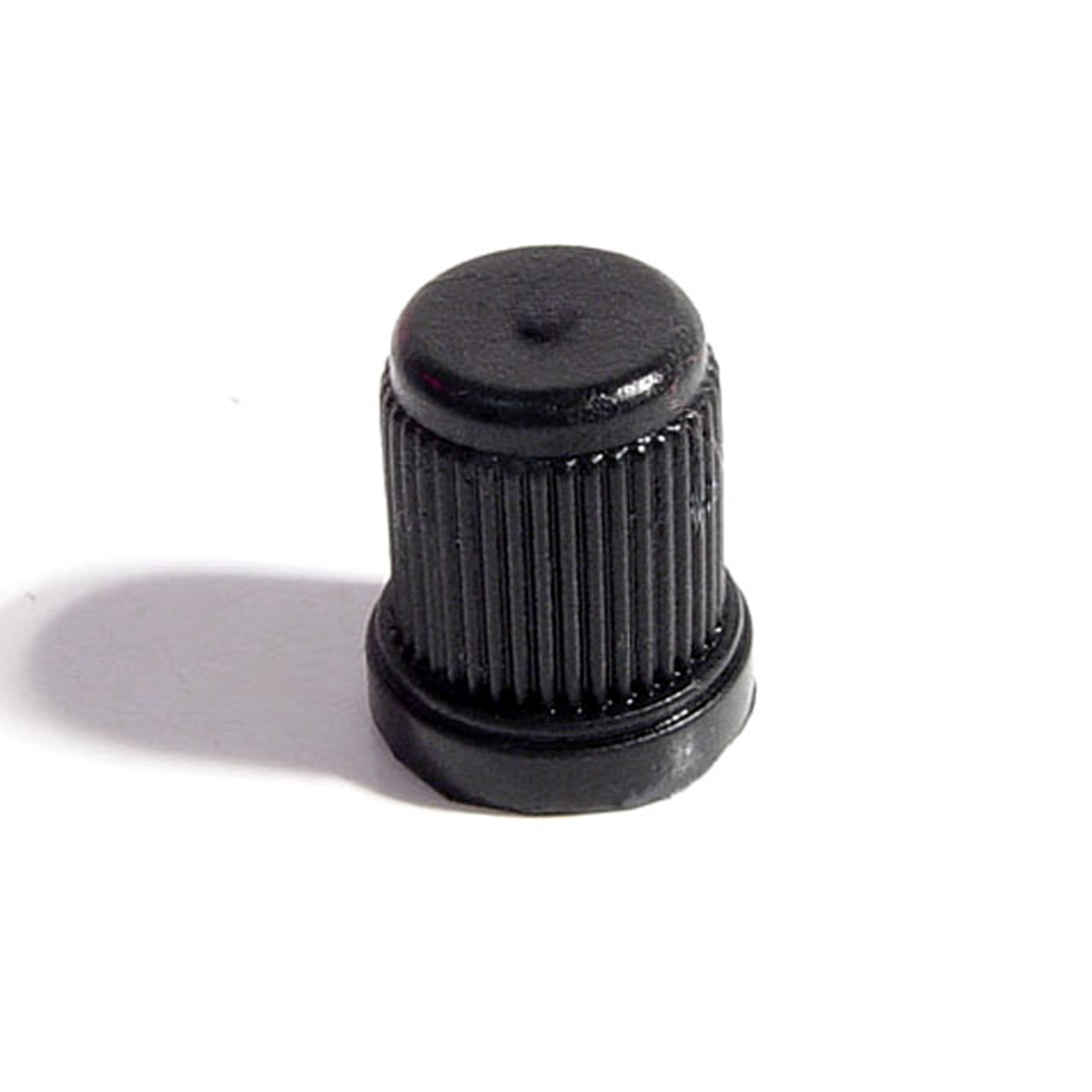 1963 Oldsmobile Jetfire Trip Meter Reset Knob. Made of black rubber-KN 10Trip Meter Reset Knob. Made of black rubber. Compare to measurements: 1/8" I.D., 7/16" O.D. X 1/2" tall. Each
1963 Oldsmobile Jetfire Trip Meter Reset Knob. Made of black rubber-KN 10Trip Meter Reset Knob. Made of black rubber. Compare to measurements: 1/8" I.D., 7/16" O.D. X 1/2" tall. Each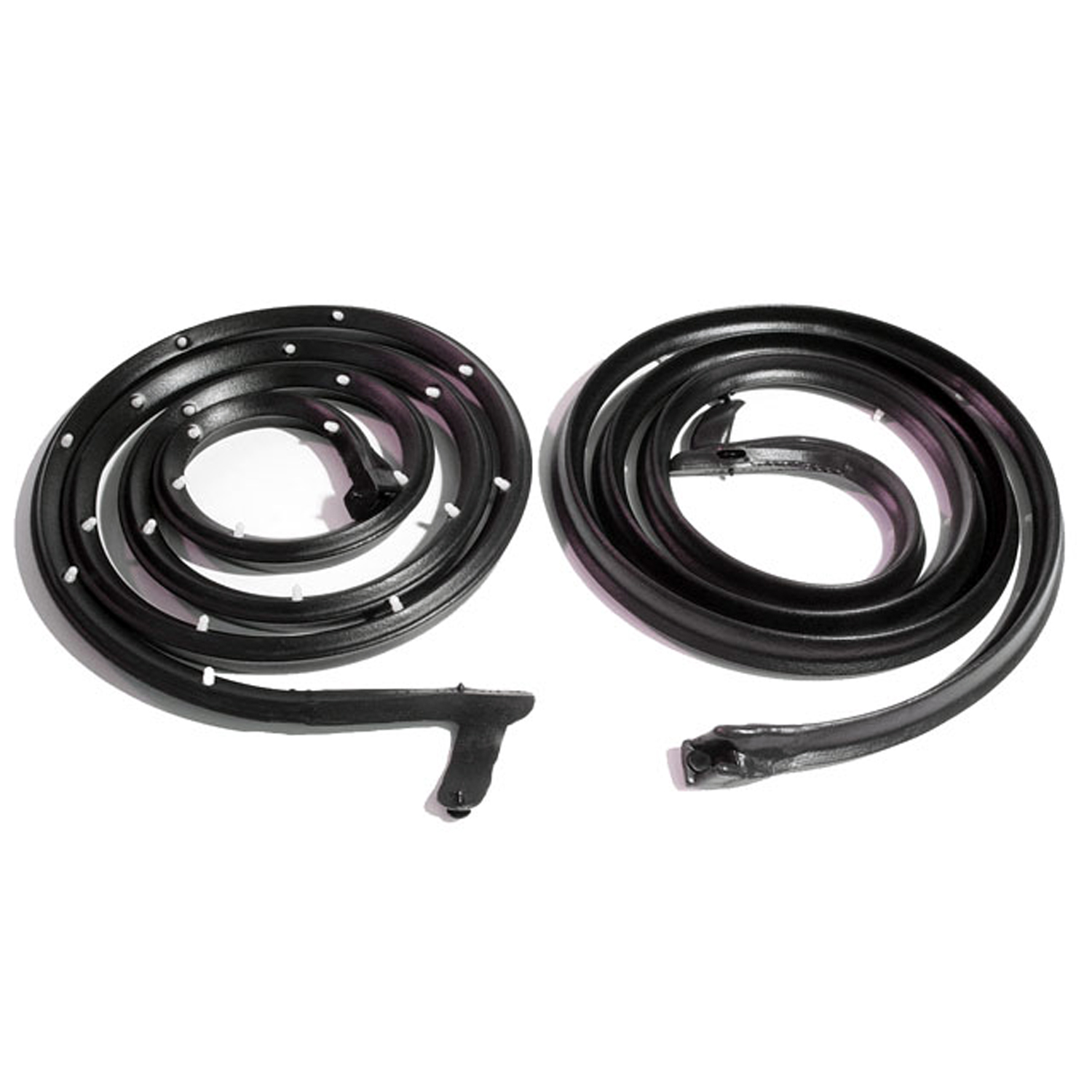 1963 Oldsmobile Jetfire Door Seals, with Clips and Molded Ends-LM 20-ADoor Seals, with Clips and Molded Ends. For 2-Door Hardtops and Convertibles. Replaces OEM #4474550/1. Pair R&L
1963 Oldsmobile Jetfire Door Seals, with Clips and Molded Ends-LM 20-ADoor Seals, with Clips and Molded Ends. For 2-Door Hardtops and Convertibles. Replaces OEM #4474550/1. Pair R&L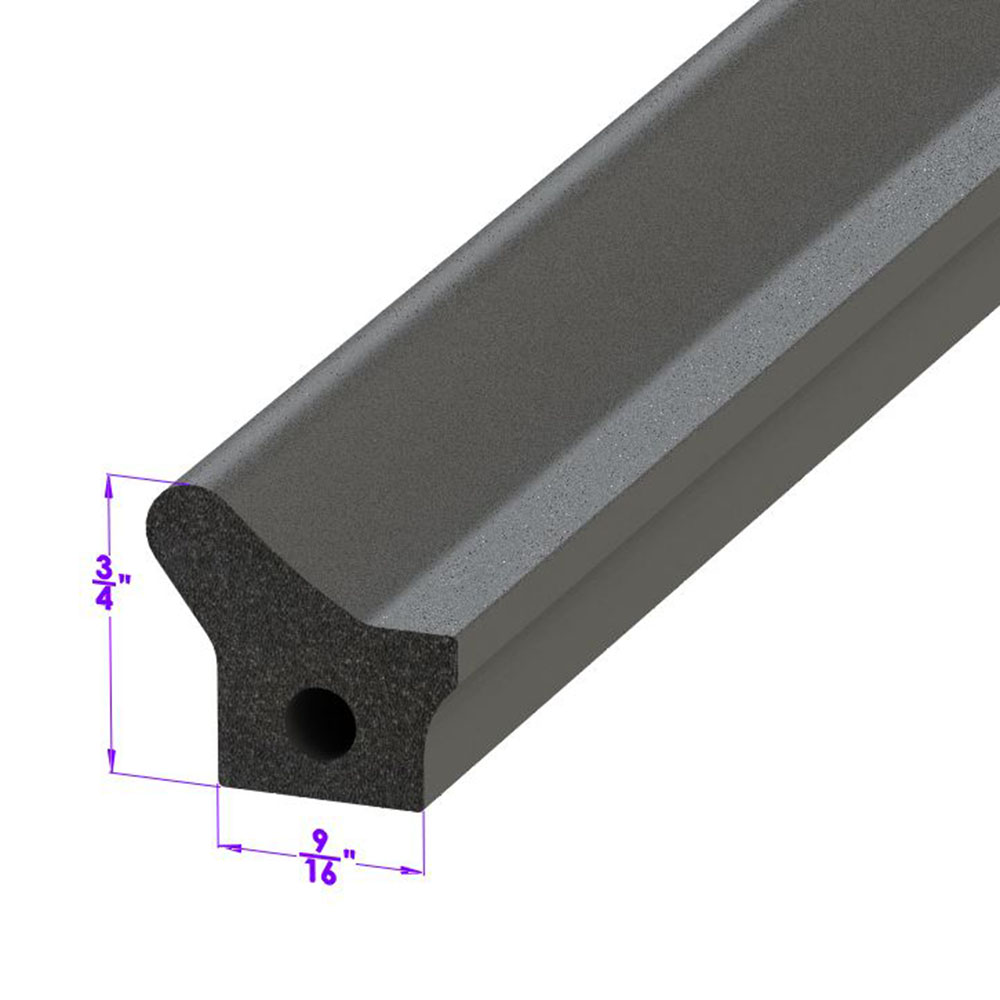 1963 Oldsmobile Jetfire Door Side Seal-LP 40-DDoor Side Seal, Without Clips ('64-'66 some models) For seal with clips, see C/LP 40-D. Sold by the foot
1963 Oldsmobile Jetfire Door Side Seal-LP 40-DDoor Side Seal, Without Clips ('64-'66 some models) For seal with clips, see C/LP 40-D. Sold by the foot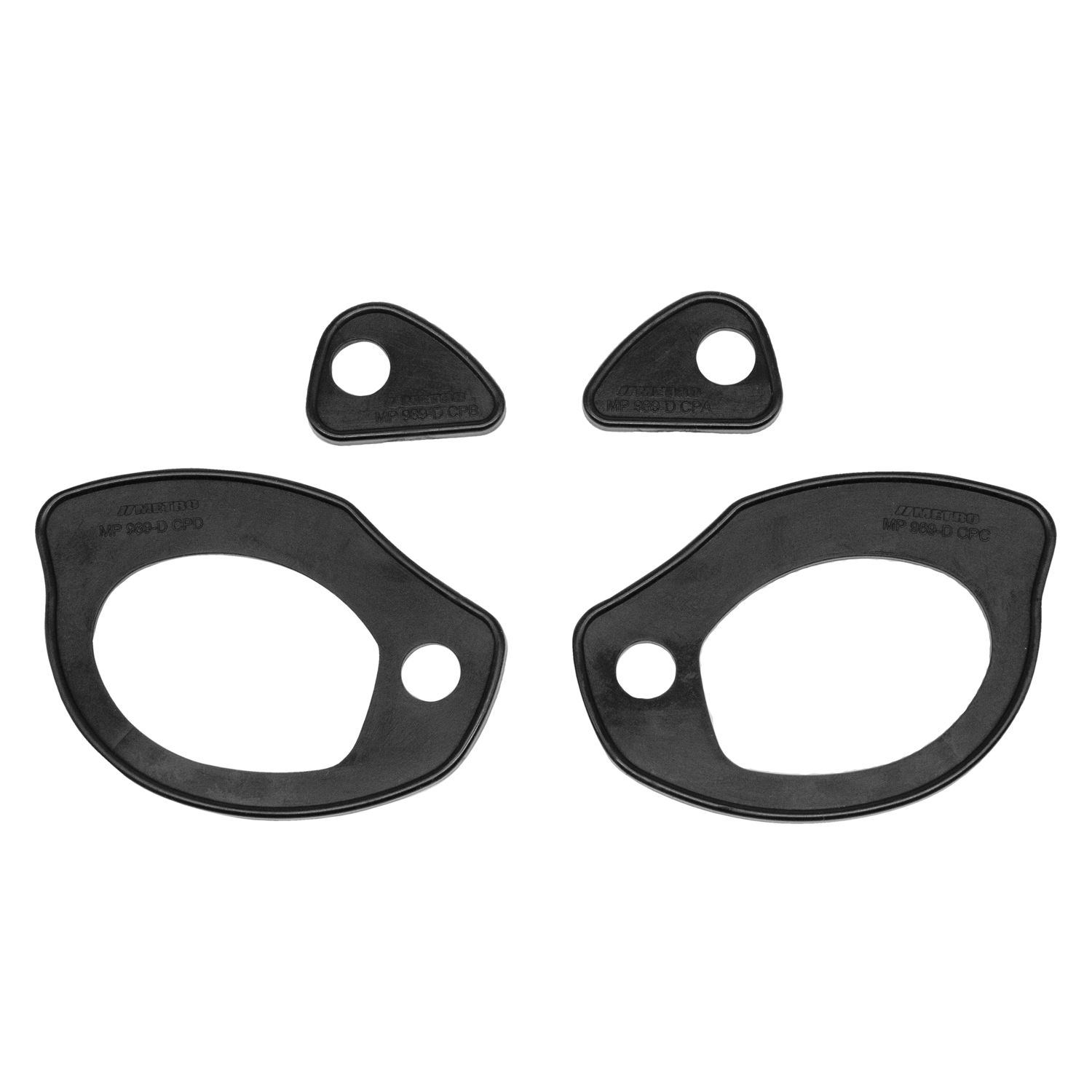 1963 Oldsmobile Jetfire Door Handle Pads. 2-5/8" long & 1-1/8" long. Set R&L-MP 989-DDoor Handle Pads. 2-5/8" long & 1-1/8" long. Set R&L
1963 Oldsmobile Jetfire Door Handle Pads. 2-5/8" long & 1-1/8" long. Set R&L-MP 989-DDoor Handle Pads. 2-5/8" long & 1-1/8" long. Set R&L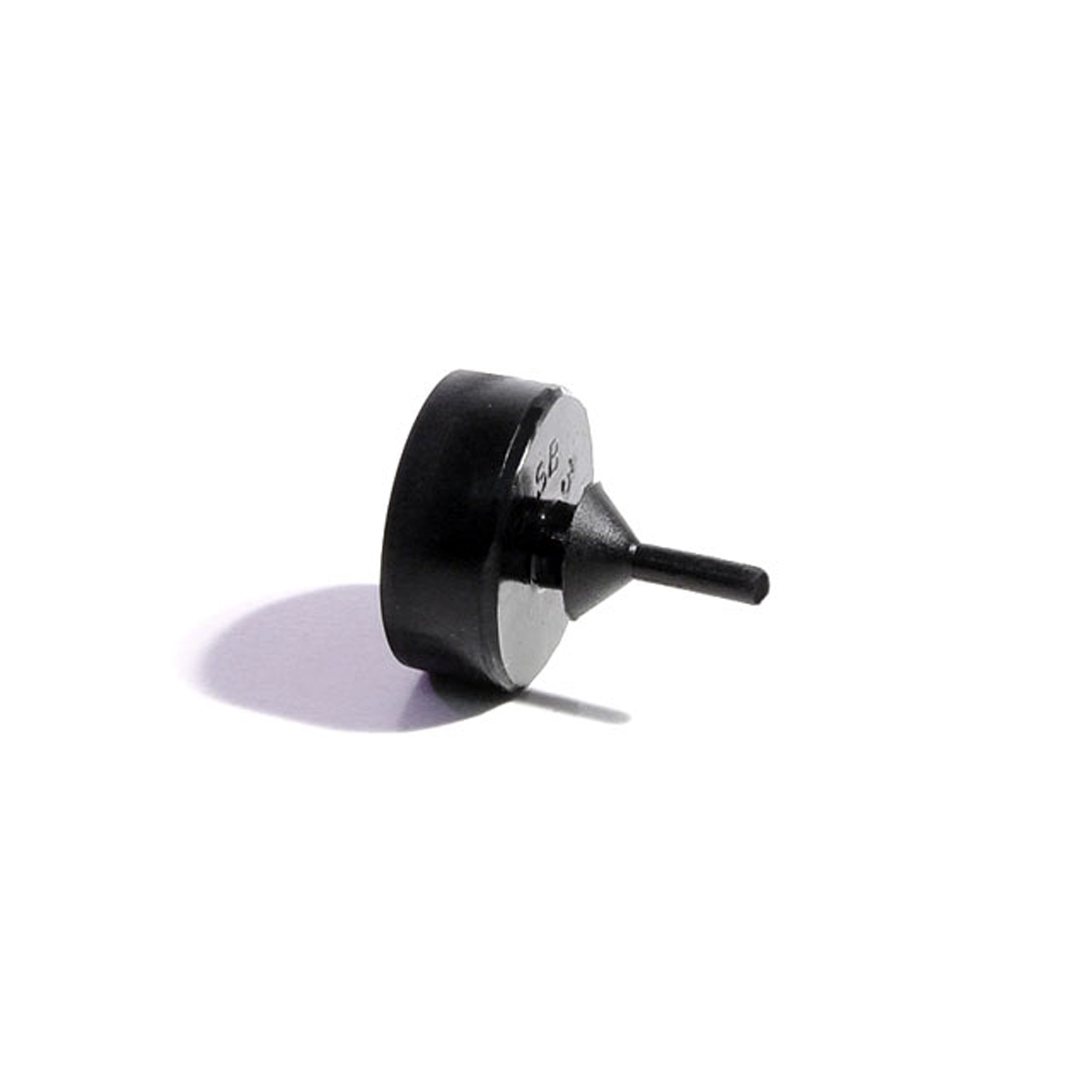 1963 Oldsmobile Jetfire Trunk Bumper. Fits lower corner on decklid. 15/16" O.D-SB 34Trunk Bumper. Fits lower corner on decklid. 15/16" O.D., 11/16" high. Each
1963 Oldsmobile Jetfire Trunk Bumper. Fits lower corner on decklid. 15/16" O.D-SB 34Trunk Bumper. Fits lower corner on decklid. 15/16" O.D., 11/16" high. Each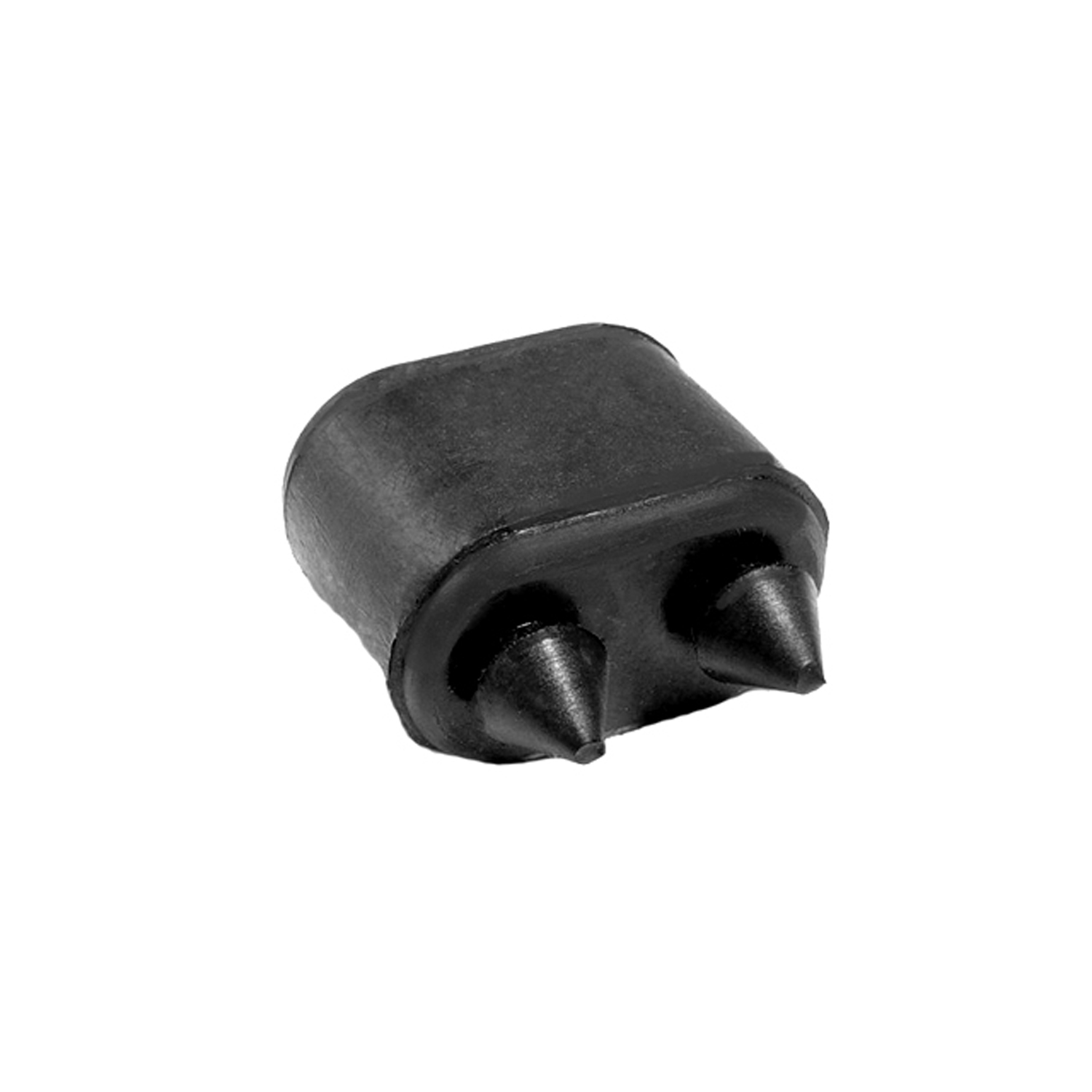 1963 Oldsmobile Jetfire Door Bumper, 57-74 GM Cars, Made with Twin Retainers, Each-SB 35Door Bumper, 57-74 GM Cars, made with twin retainers, Each. Measure 1-1/16" high X 19/32" wide X 1-1/32" long.
1963 Oldsmobile Jetfire Door Bumper, 57-74 GM Cars, Made with Twin Retainers, Each-SB 35Door Bumper, 57-74 GM Cars, made with twin retainers, Each. Measure 1-1/16" high X 19/32" wide X 1-1/32" long.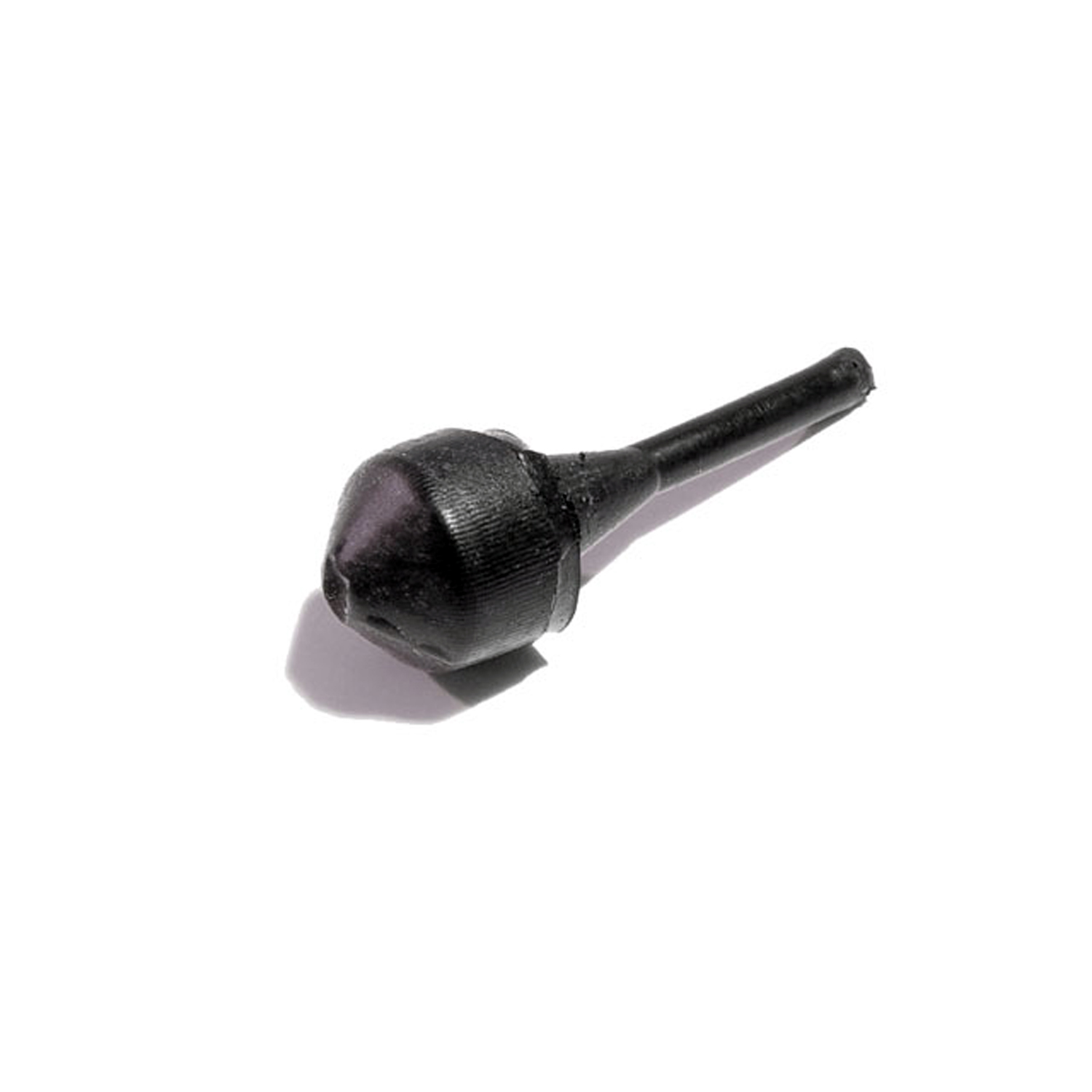 1963 Oldsmobile Jetfire Glove Box and Fuel Door Bumper. Fits 3/16" hole. Each-SB 78Glove Box and Fuel Door Bumper. Fits 3/16" hole. Each
1963 Oldsmobile Jetfire Glove Box and Fuel Door Bumper. Fits 3/16" hole. Each-SB 78Glove Box and Fuel Door Bumper. Fits 3/16" hole. Each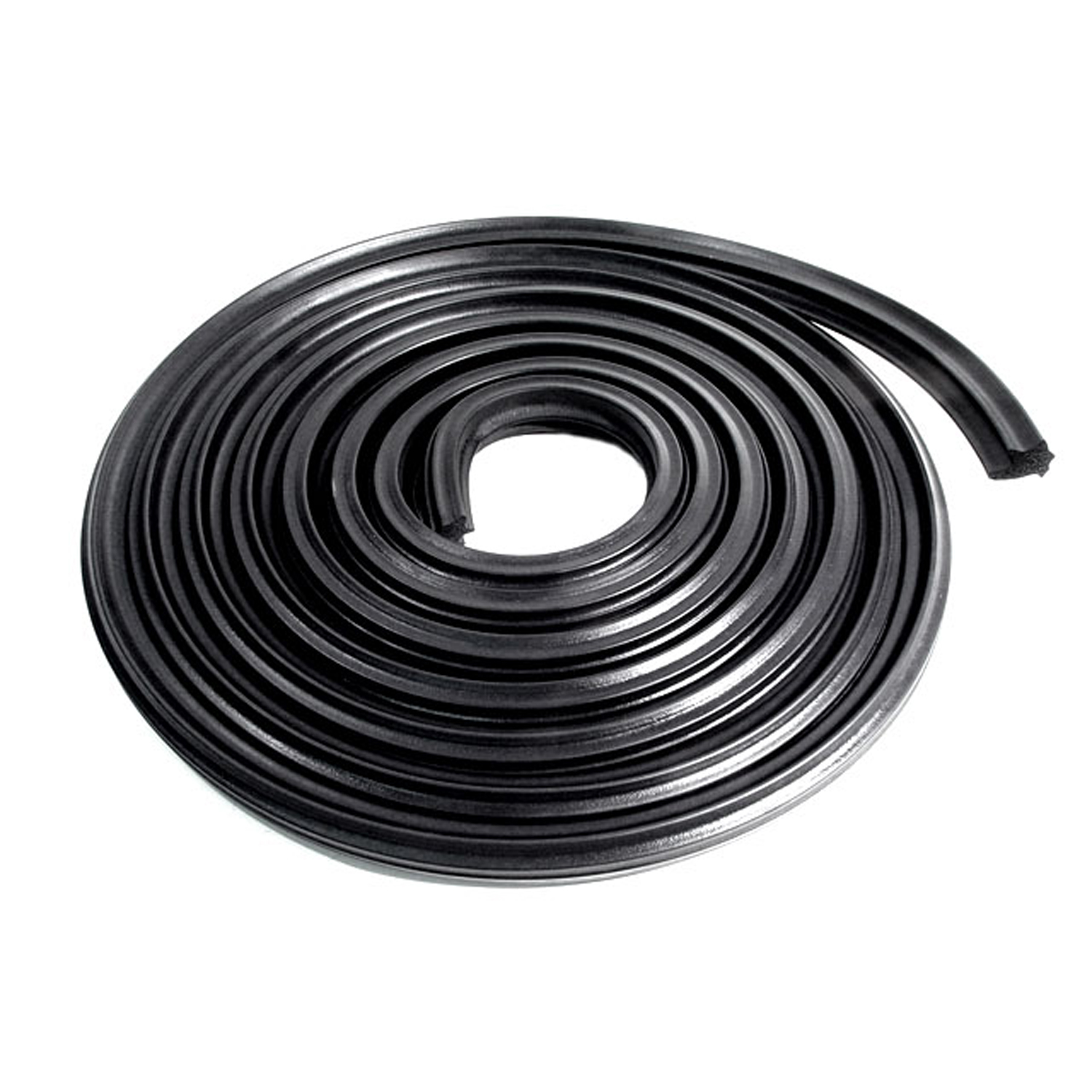 1963 Oldsmobile Jetfire Trunk Seal. 18 feet long. Each-TK 46-18Trunk Seal. 18 feet long. Each
1963 Oldsmobile Jetfire Trunk Seal. 18 feet long. Each-TK 46-18Trunk Seal. 18 feet long. Each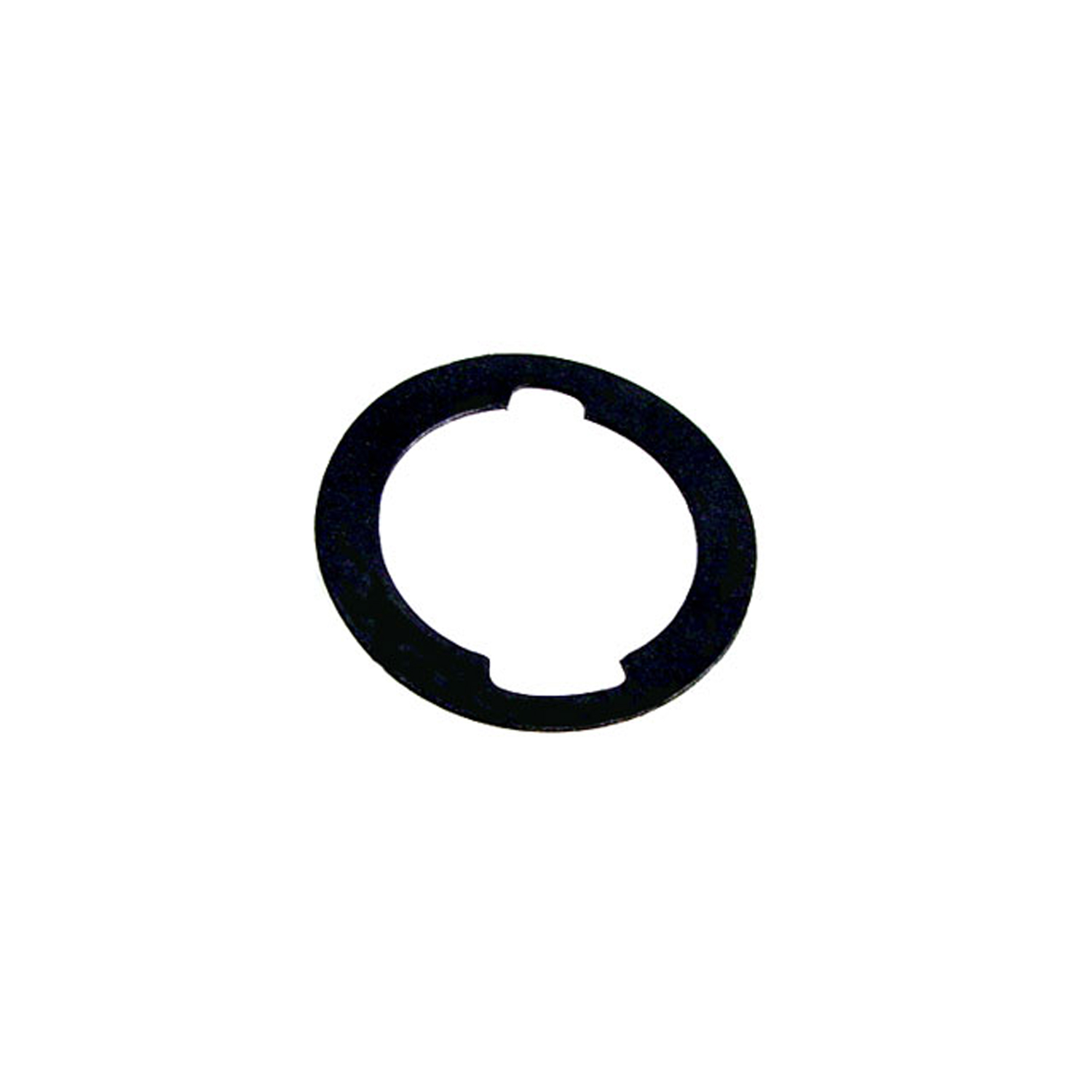 1963 Oldsmobile Jetfire Unbeaded Door and Trunk Lock Gasket. 1-3/16" O.D., 7/8" I.D-UM 1600-100Unbeaded Door and Trunk Lock Gasket. 1-3/16" O.D., 7/8" I.D. Each
1963 Oldsmobile Jetfire Unbeaded Door and Trunk Lock Gasket. 1-3/16" O.D., 7/8" I.D-UM 1600-100Unbeaded Door and Trunk Lock Gasket. 1-3/16" O.D., 7/8" I.D. EachWhy Choose Metro?
For over 100 years, Metro Moulded Parts has been the pinnacle of quality in classic car restoration parts. Our commitment to precision and authenticity in every component ensures a perfect fit and an OEM-level appearance.
- Expert Craftsmanship & Quality: Each part is a testament to our dedication to reliability and perfection, crafted from original designs and thoroughly tested.
- Advanced Technology: We use cutting-edge techniques to create flawless, long-lasting parts that surpass others in performance.
- SuperSoft Sponge – The Ultimate Door Seal: Not only are our door seals 30% softer than competitors', but they're also guaranteed to never leak. They effectively reduce wind and road noise, enhancing your classic car's comfort and driving experience.
- Proudly American: Our parts are a product of American craftsmanship, made in the USA with a spirit of excellence and heritage.
- Unrivaled Warranty: We back our products with a 30-year industry-leading warranty, a testament to our confidence in their quality.
Join us in preserving the legacy of classic cars with parts that are crafted for perfection, not just made.

